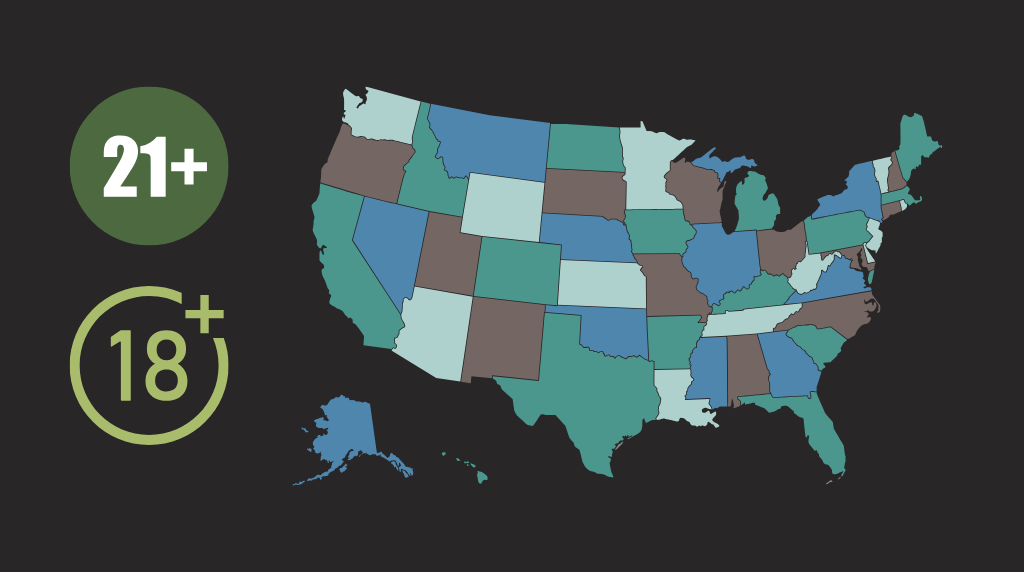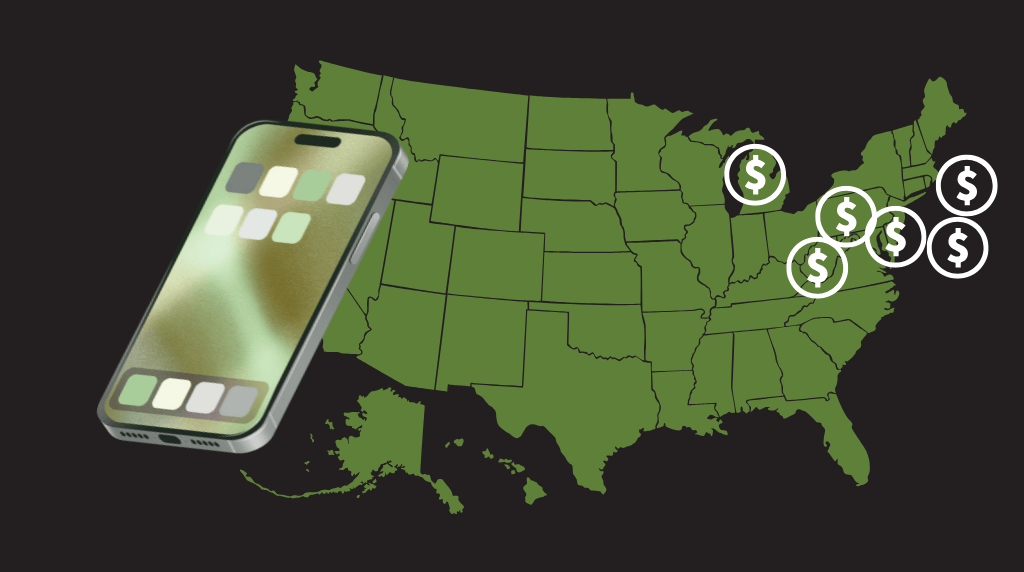Explained: Poker Hands

Poker Hands
Poker is a game of skill, strategy, and, above all, understanding the value of poker hands. Whether you’re sitting in a smoky backroom game or comfortably playing online from home, knowing the hierarchy of hands is fundamental to making winning decisions.
This article will dive deep into the various poker hands, from the best hand in poker to the worst hand in poker, and we’ll clear up some common misconceptions about the ranking of these hands. By the end, you’ll not only understand how to rank your hand but also how to leverage that knowledge to improve your game and play online poker.
- Ranking poker hands
- Odds of getting certain hands
- Poker hands misconceptions
- Poker suit order
- Safe online poker
- Responsible gambling
Ranking Poker Hands: From Best to Worst
In poker, all hands are not created equal. Whether you’re playing online or at a live table, you should know the hierarchy since it’ll always hold. The poker hand royal flush will always beat a straight flush, and a full house will always trump a flush. Here’s a ranked list, from the best hand in poker to the lowest possible hand.
| Royal Flush | Ace, King, Queen, Jack, Ten, all of the same suit. This is the poker hand royal flush and is unbeatable. |
| Straight Flush | Five consecutive cards of the same suit (e.g., 5-6-7-8-9 of hearts). It’s the second-strongest hand after the royal flush. |
| Four of a Kind | Four cards of the same rank (e.g., four Aces). |
| Full House | Three cards of one rank and two cards of another rank (e.g., 3 Queens and 2 Jacks). |
| Flush | Five cards of the same suit, not in sequence (e.g., all hearts). |
| Straight | Five consecutive cards of any suit (e.g., 7-8-9-10-J of mixed suits). |
| Three of a Kind | Three cards of the same rank (e.g., three Kings). |
| Two Pair | Two sets of two cards of the same rank (e.g., two 8s and two 7s). |
| One Pair | Two cards of the same rank (e.g., two Aces). |
| High Card | When no hand is made, the highest single card determines the hand’s strength. |
The Odds of Getting Certain Poker Hands
Poker is a game where statistics matter. Knowing the odds of getting a particular hand can significantly help inform your decisions, both pre-flop and post-flop. Without further ado, here are the approximate odds of being dealt some common poker hands:
- Royal Flush – 1 in 649,740 (This is why a poker hand royal flush is so revered)
- Straight Flush – 1 in 72,192
- Four of a Kind – 1 in 4,165
- Full House – 1 in 694
- Flush – 1 in 508
- Straight – 1 in 253
- Three of a Kind – 1 in 46
- Two Pair – 1 in 21
- One Pair – 1 in 2.4
- High Card – If you’ve missed everything else, you’ve likely got a high card hand, with odds of around 50%.
As the numbers show, hands like the poker hand royal flush or even a straight flush are incredibly rare. That’s why these hands command such respect in the game and often lead to significant pots. Big pots equal big payoffs. You like to win, don’t you?
Common Misconceptions About Poker Hands
There are quite a few myths and misconceptions about how poker hands are ranked and valued. For instance, many believe that a flush beats a full house or that higher-numbered cards always make stronger hands—both of which are inaccurate. Understanding the proper hierarchy is essential to mastering the game, so let’s clear up some of the most common misconceptions.
Misconception #1: Suits Matter in Hand Ranking
One common misconception about poker is that suits affect the ranking of hands. Players sometimes think that a flush in hearts is stronger than a flush in spades. This simply isn’t true. In standard poker games, all suits are equal, and the ranking of hands is based on the face value of the cards. A flush in any suit has the same strength; it’s the rank of the cards in that flush that will decide who wins.
Misconception #2: The Worst Hand in Poker is a High Card Hand
While it’s true that high card hands are among the weakest, the hand in poker isn’t just any random high card hand. Depending on the table dynamics and your opponents’ hands, even a high card hand could win you the pot. However, 2-7 offsuit is often considered the worst hand in poker. These cards offer little potential for improvement, making them notorious for bad outcomes.
Misconception #3: You Should Only Play the Best Hands
While it’s tempting to wait for a royal flush or straight flush every hand, poker is about much more than just the best hand in poker. Bluffing, reading your opponents, and playing the player, not just your cards, are critical parts of the game. Waiting only for top-tier hands can leave you predictable and easy to read.
Poker Suit Order Explained
Though suits don’t impact hand rankings, they still play an important role in certain poker scenarios, particularly when it comes to flushes or the poker hand royal flush. But what is the poker suit order, and when does it matter? In some variations of poker, particularly home games or certain high-card tie-breaker scenarios, the suits are ranked as follows:
- Spades
- Hearts
- Diamonds
- Clubs
This ranking can be important in determining the winner of a hand when two players have hands of equal value. However, in standard games like Texas Hold ’em, the poker suit order doesn’t affect most gameplay. So, while spades might hold the top spot in the suit hierarchy, it’s the card values that matter most in real-world poker.
Safe Online Poker Play and Legal States
If you’re looking to play online poker, rest assured that it’s safe as long as you use reputable platforms and play in states where it’s legal. Many online poker platforms use secure encryption technology to protect players’ data and ensure fair play through Random Number Generators (RNGs). Here are the states that allow online poker:
- Connecticut
- Delaware
- Michigan
- Nevada
- New Jersey
- Pennsylvania
If you’re in one of these states, you can safely play poker online without fear of breaking the law. Always make sure to use licensed and regulated platforms to ensure both fairness and security. We’ll keep you posted in case of any future changes in the legal framework in the States.
Responsible Poker Play
Poker is a game of both skill and chance, and while it can be exhilarating, it’s essential to practice responsible play. Whether you’re chasing the elusive poker hand royal flush or simply hoping to catch a decent pair, the key to enjoying the game long-term is knowing when to step away. Set limits on both your time and your bankroll, and never play with money you can’t afford to lose.
Understanding poker hands is one of the foundational elements of becoming a better poker player. Whether you’re gunning for the best hand in poker, such as a royal flush, or trying to avoid playing the worst hand in poker, the ability to quickly evaluate the strength of your hand is critical.
With the knowledge of the poker suit order, the statistical odds, and the common misconceptions cleared up, you’re ready to hit the tables with confidence. Whether you’re playing in person or looking to play online poker, remember that poker is as much about the mind as it is about the cards.



